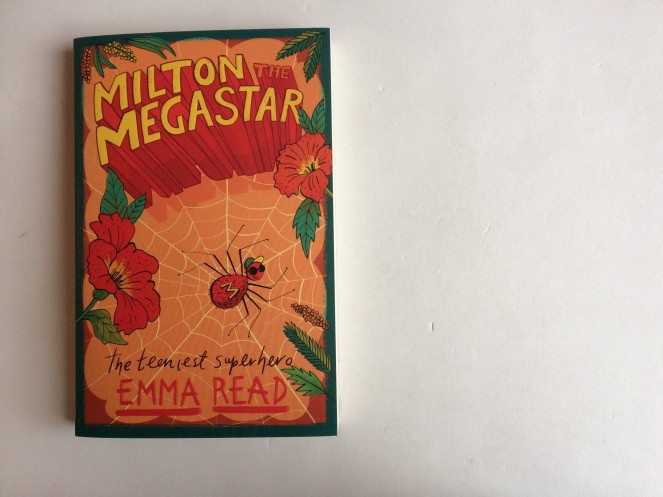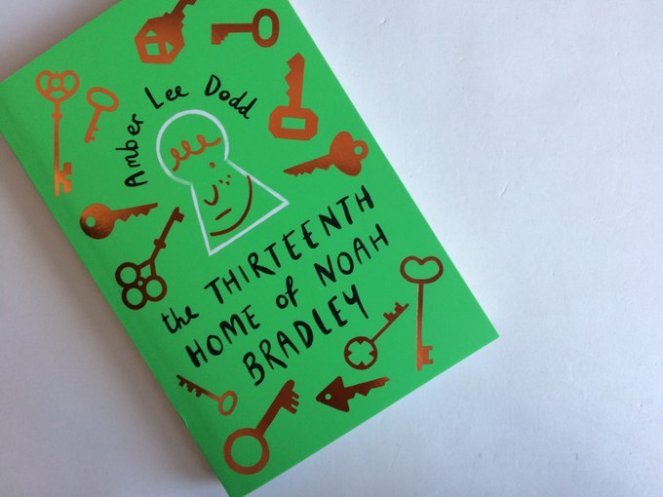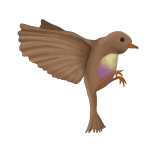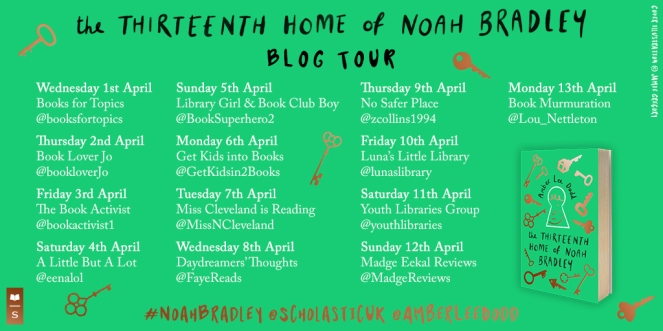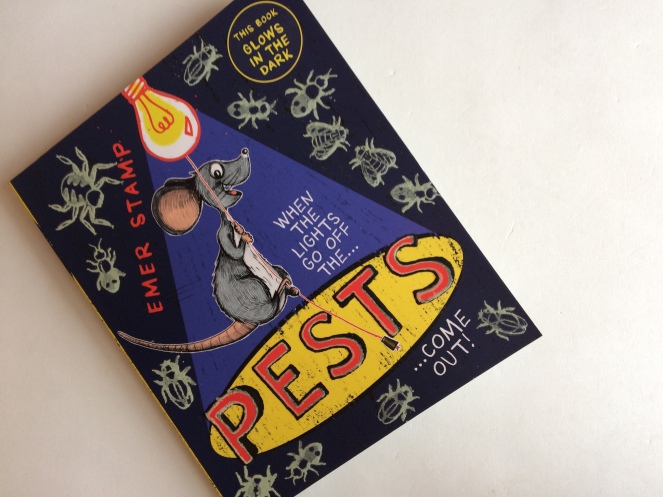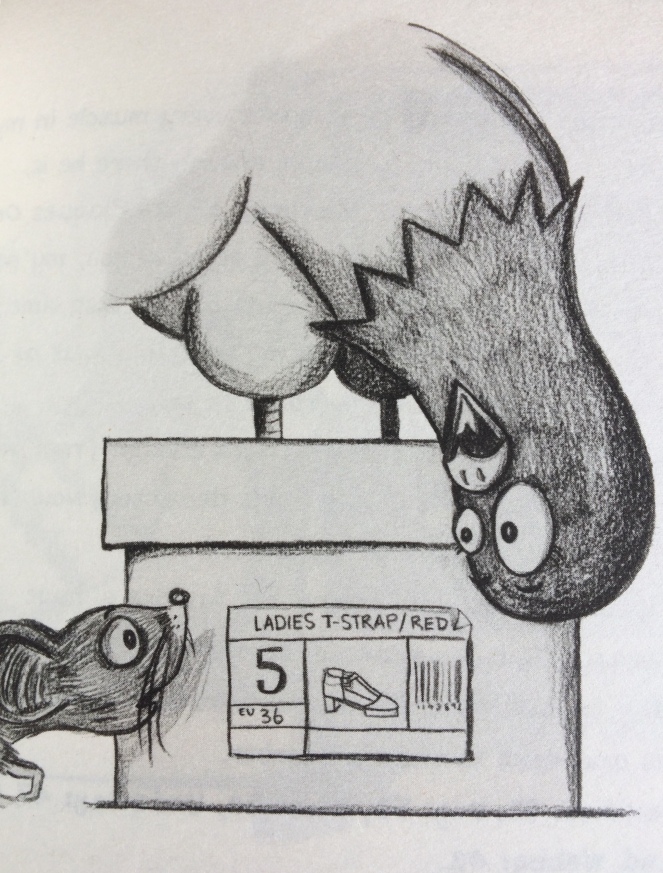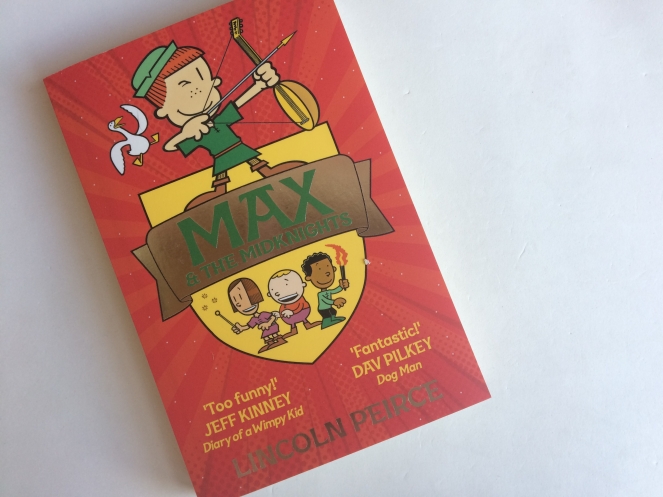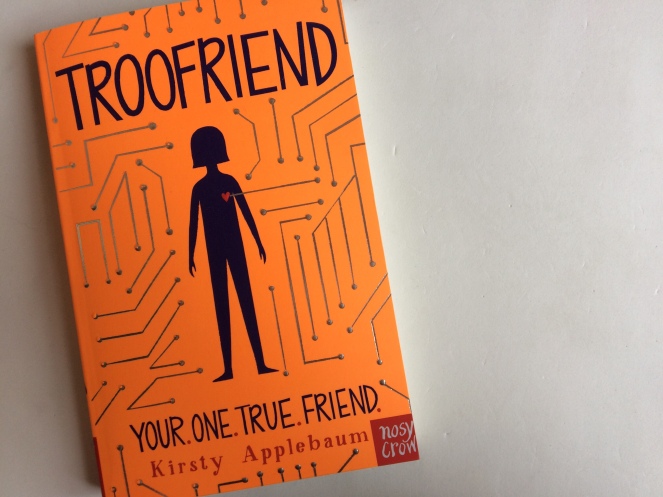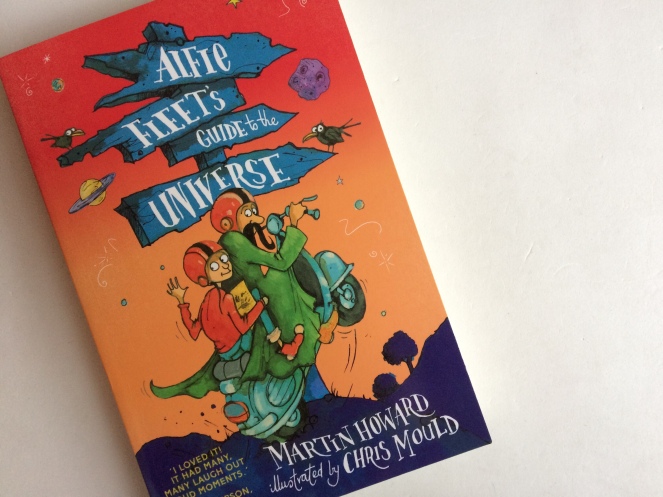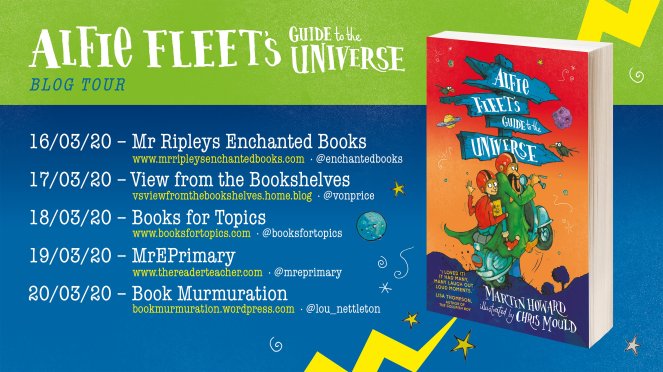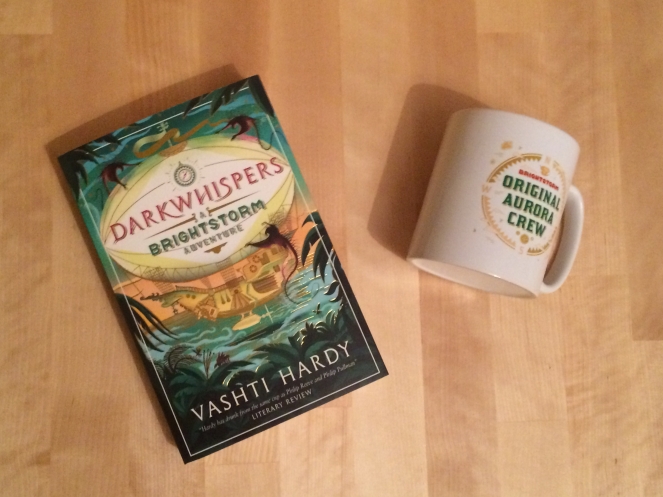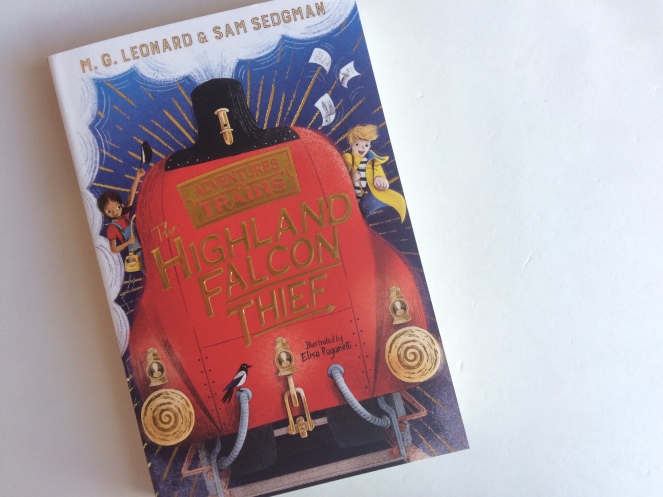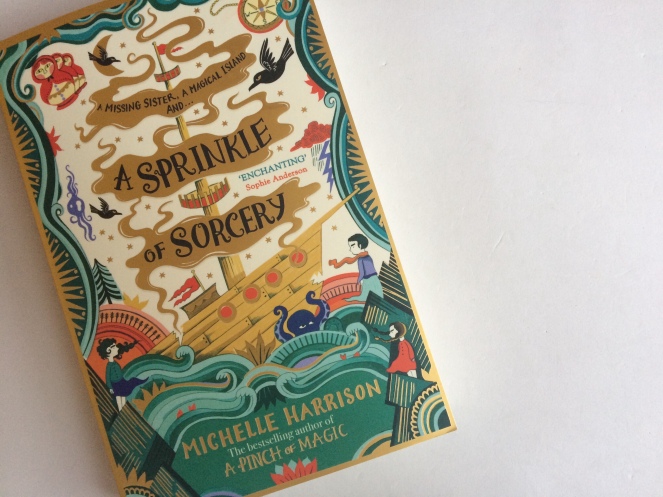Blog Tour: Three Ways to Grow your Creative Writing by author Emma Read.
It may sound a cliché but writing is an escape.
These days, when our worlds have shrunk and our daily lives have become limited to the experiences within our own four walls and the queue at the supermarket, many people turn to writing to open the door to somewhere else.
Perhaps you’ve decided to write that book you’ve always dreamed of. Perhaps your teacher has asked you write a story as part of your home-schooling. Perhaps you’ve just read a brilliant book and want to write about what happens next.
If so, here are a few tips to get you started and keep you going – now and beyond the Lockdown…
TIP ONE
Catch your ideas

They are flighty little things and when float in they are just as liable to float right out again. Keep notebooks. Everywhere!
Write down all your ideas – be they character names, or settings in a strange world, or a magical item. I write down dreams. Not necessarily the whole, bizarre detail, usually just images or feelings that have lingered. You might find yourself struck by an idea while watching TV, or reading a news story. Or maybe by something you hear over the fence – the scratch of squirrels, the neighbours playing football, or an alien spaceship landing on the balcony (or was it just the cat?)
TIP TWO
Read something different
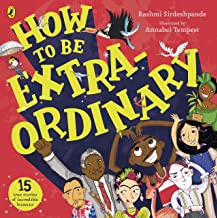
By which I mean – if you’re like me, and generally read fiction, try something like:
- Non-Fiction – e.g. How to be Extraordinary, by Rashmi Sirdeshpande
- Poetry – Like Poems to Live your Life By, Illustrated by Chris Riddell
- Comics or Graphic Novels – My current favourites are Bunny vs Monkey, by Jamie Smart, and Amulet, by Kazu Kibuishi.
- Scripts – Take a look at Dr Who, Episode One – The Woman Who Fell to Earth.
https://www.bbc.co.uk/writersroom/scripts/doctor-who-series11
Reading outside your normal scope of media opens your mind to new ways of expressing yourself, new language and also sparks new ideas.
TIP THREE
Have adventures!
No, you don’t need to run away and join the circus, or take up with a gang of treasure-mad pirates. But once we are allowed out-out again, have your own adventures. Try something new, even if it feels a bit scary. As a writer, we create fantastical images and write these from our imaginations. But to make them feel real and relatable we weave our real-life experience into the words. The more experiences you have, the more you’ll be able to bring to your writing.
So, for example – your main character is running away from a dragon, and has to climb a sheer rock face to get away. The dragon comes from a picture in your mind, but the effort and nerves felt when climbing the cliff comes from that time you went on a climbing wall at the sports centre.
Or perhaps your hero has to eat a strange alien food. You can go to town describing the food, then really bring it to life by recalling a time you ate something new and unusual for the first time.

I hope these tips have been useful and you find yourself escaping to somewhere new and exciting. Happy writing, happy reading … happy escaping!
About the Author
Emma Read is the author of Milton the Mighty, which was one of The Times’s Best Children’s Books of 2019, and the sequel, Milton the Megastar (both Chicken House Books). The MILTON series is written for younger readers and is all about finding courage, good friends, and doing amazing things – even if you’re a spider the size of a raisin! Emma lives in Bath, and never sweeps up cobwebs.
Find out more at: https://www.emmareadauthor.com/
Catch the other stops on the tour:
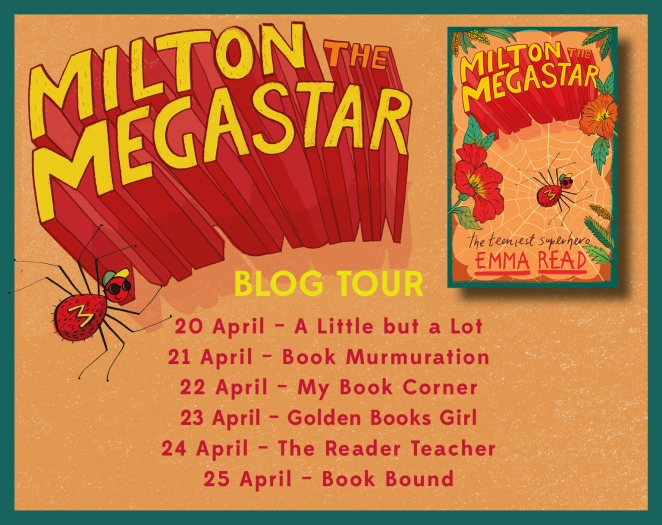
Thanks to Emma Read for your amazing content. Thanks to Laura Smythe PR for organising.

